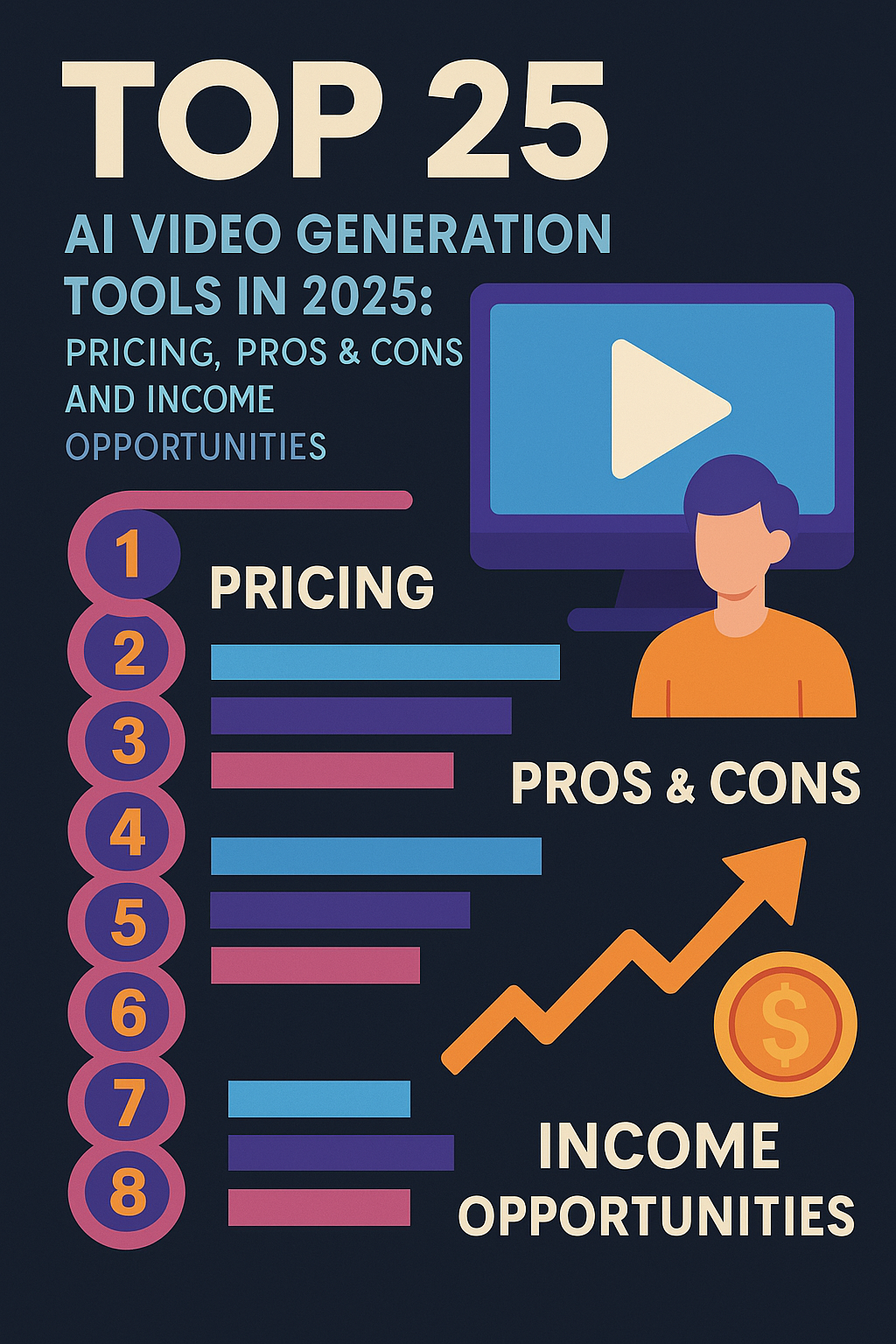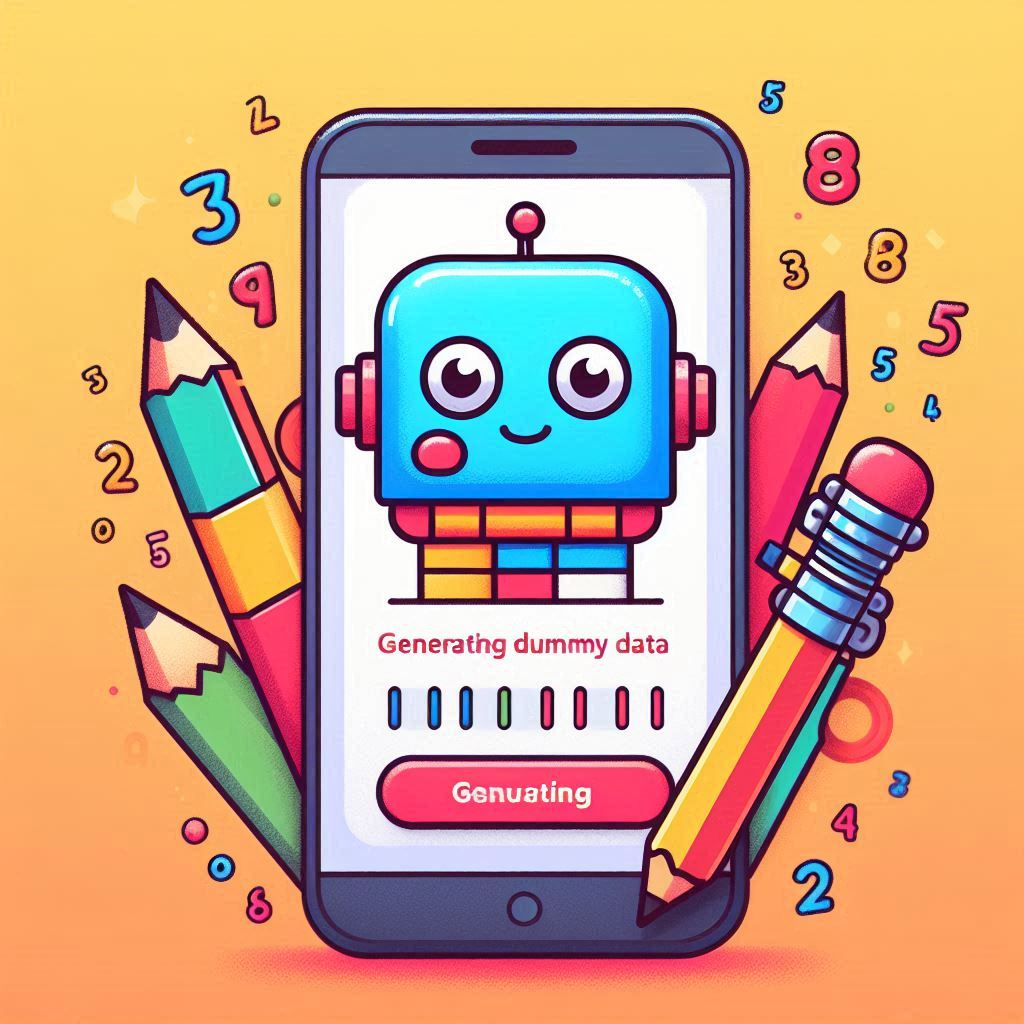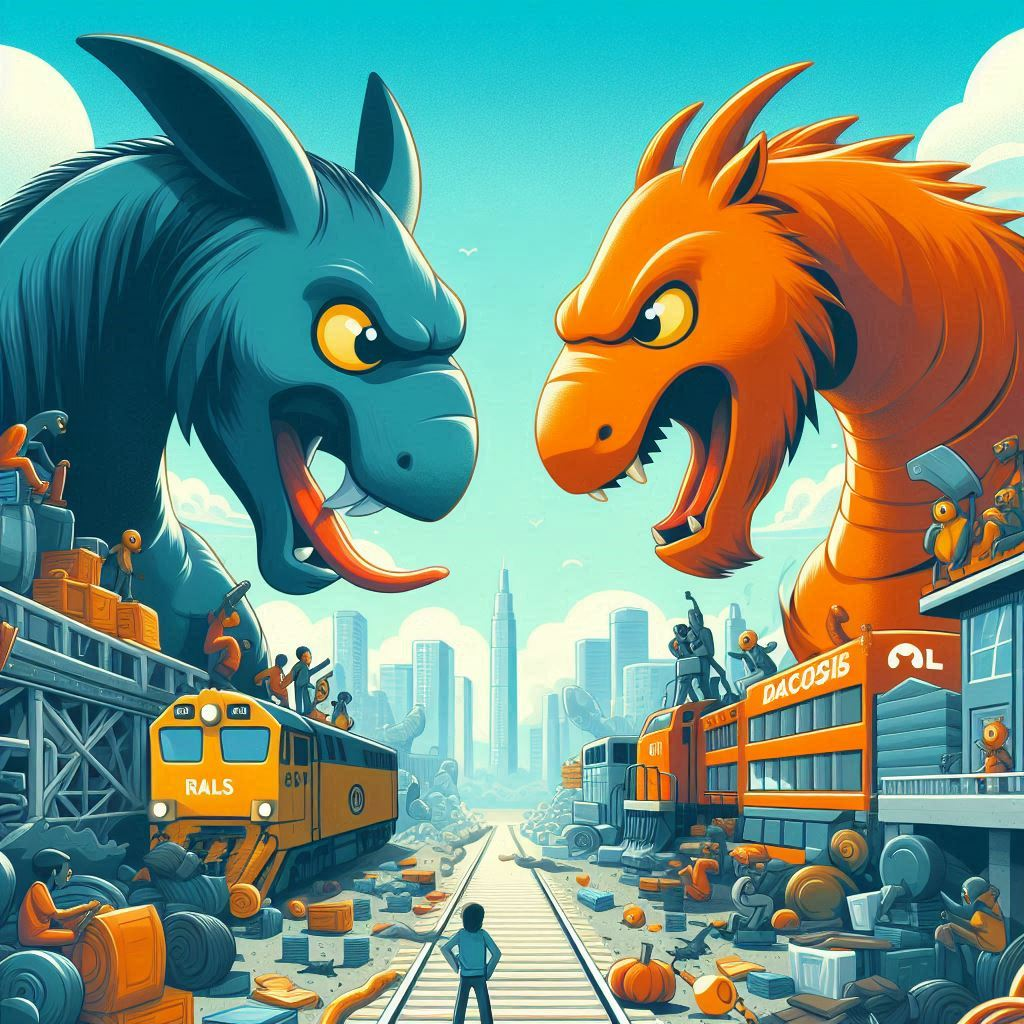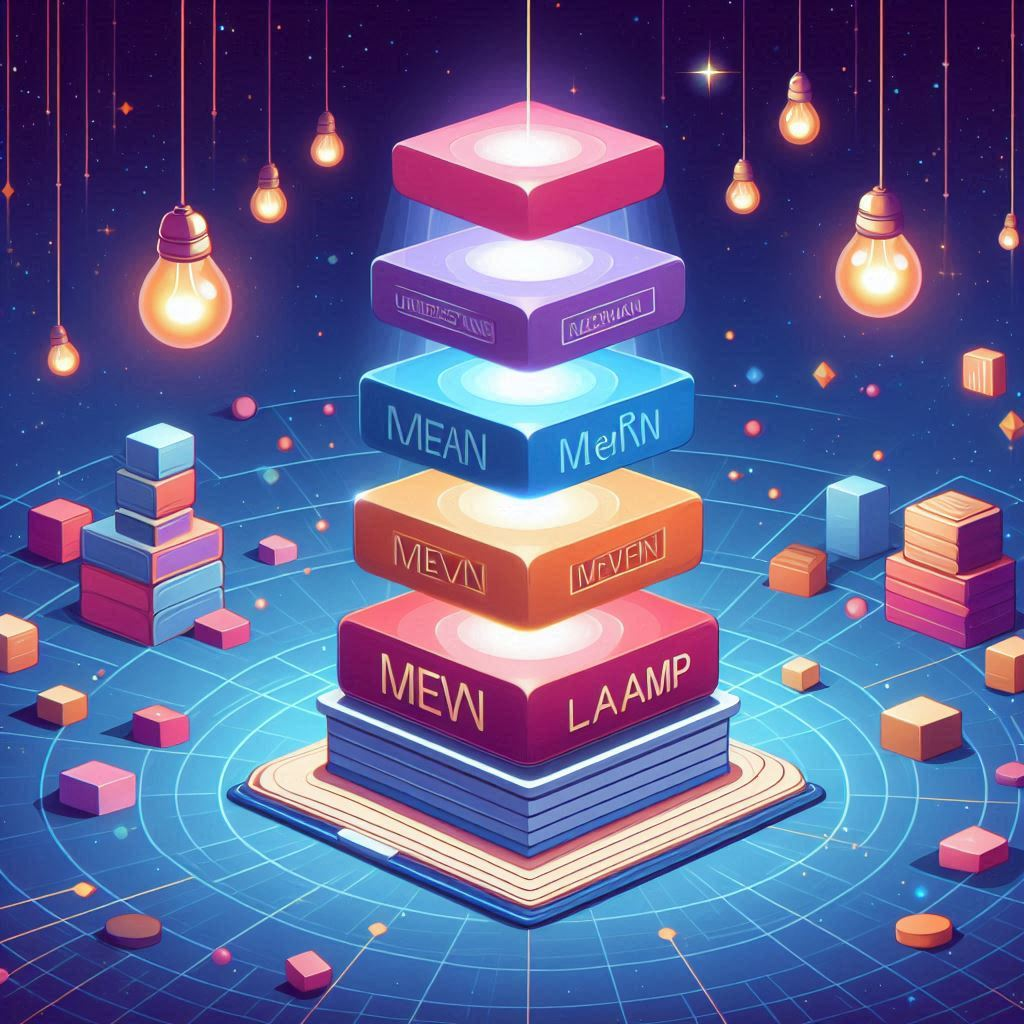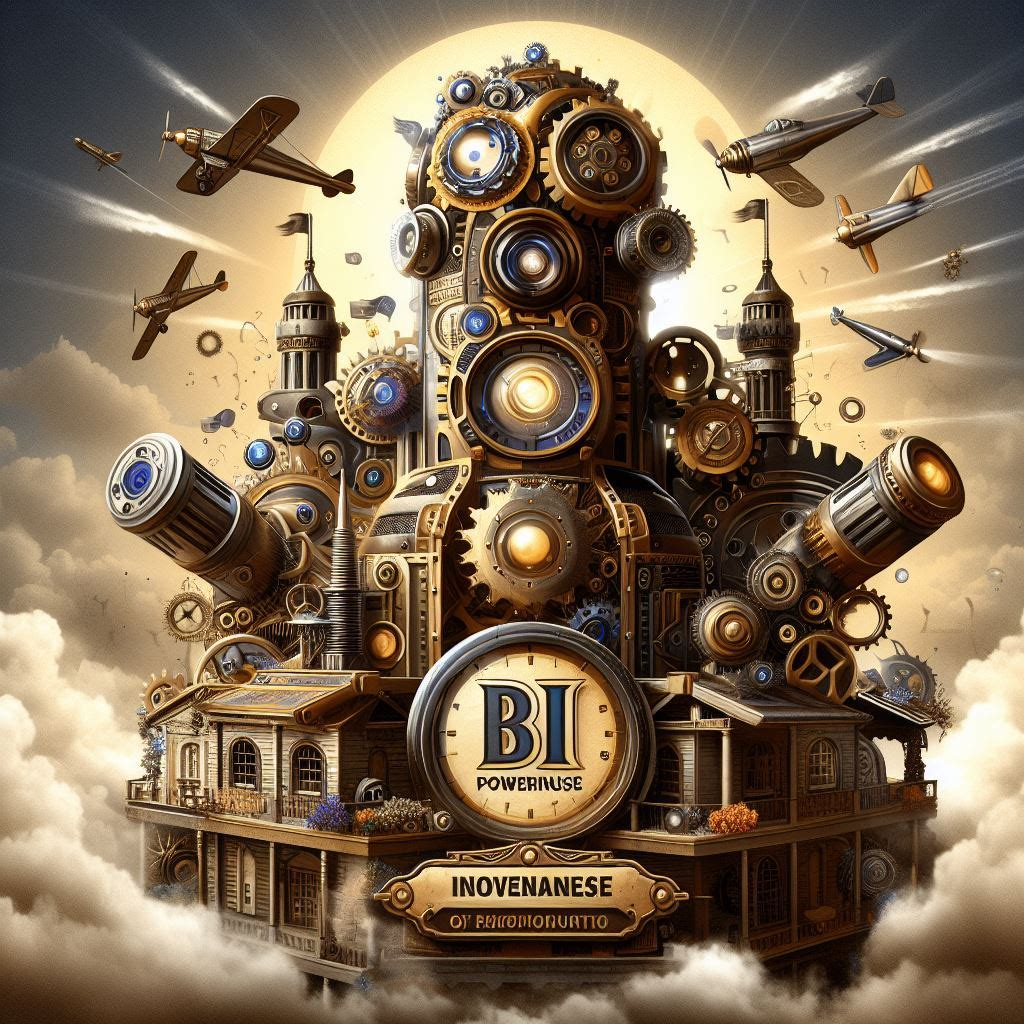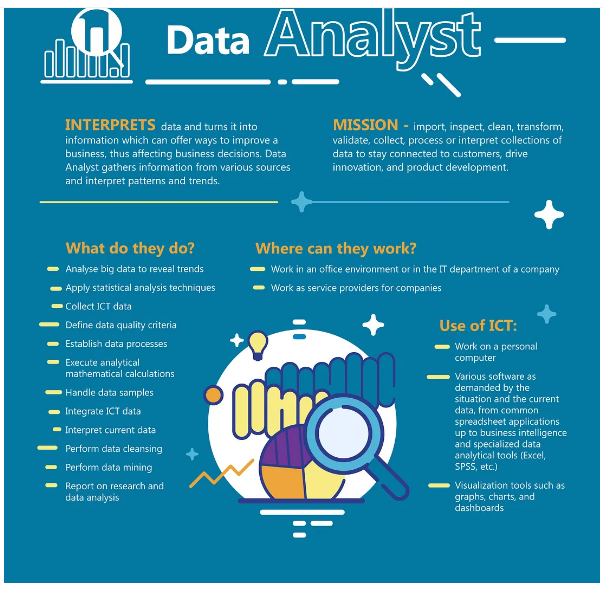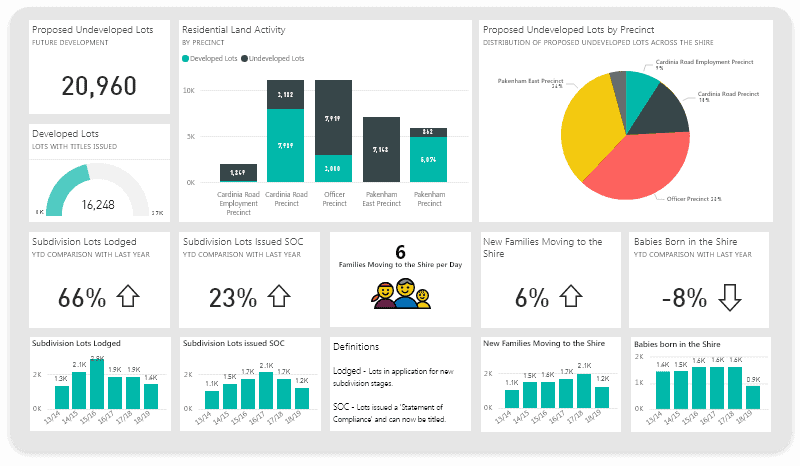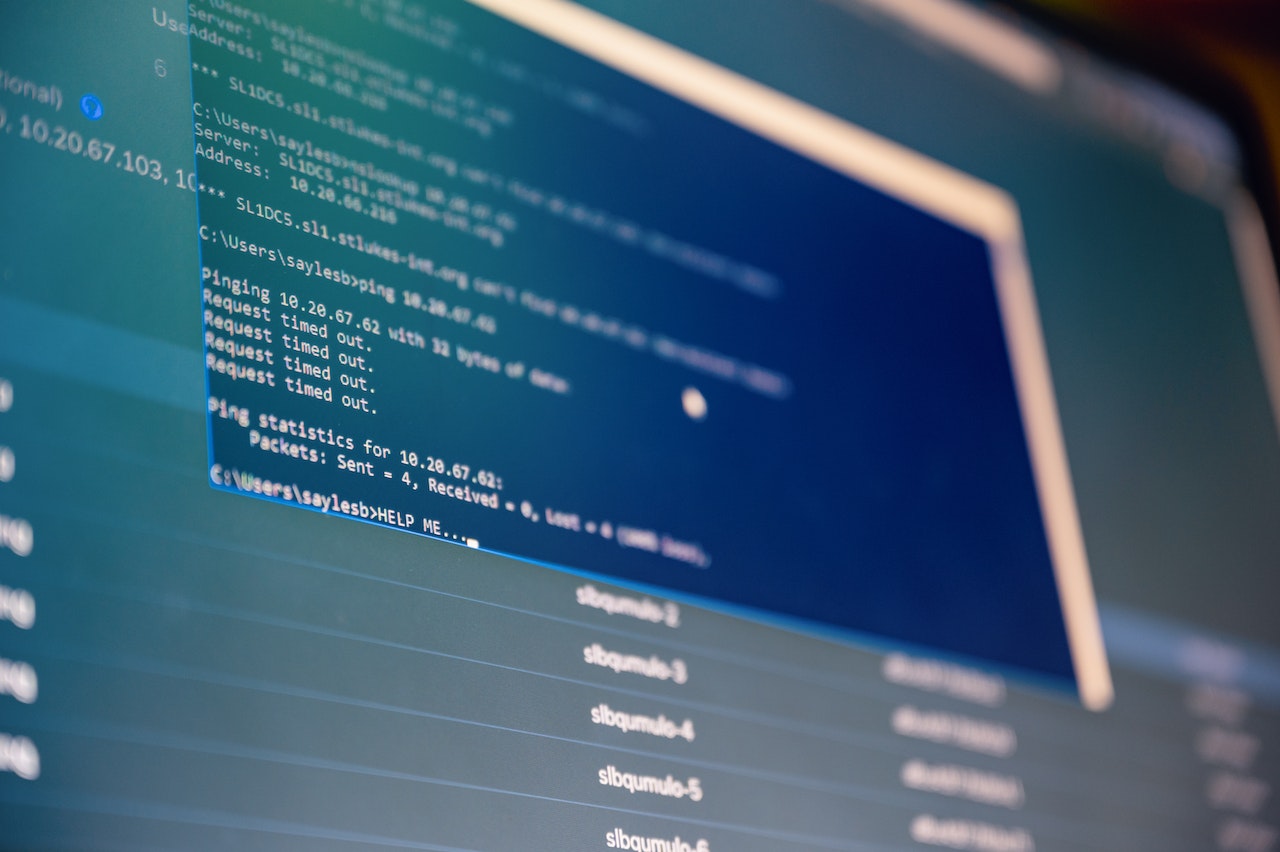
Are you looking for the right Natural Language Processing (NLP) model for your project? BARD and CHATGPT are two of the most popular models available today. In this article, we’ll compare the two models to help you decide which one is right for you. We’ll look at their features, strengths, and weaknesses to help you make an informed decision. With this information, you’ll be able to choose the best NLP model for your project.
Overview of BARD and CHATGPT: What are the Key Differences?
BARD and CHATGPT are two natural language processing (NLP) models that are used to generate text. Both models are based on the Transformer architecture, which is a type of neural network that is used to process sequences of data. The main difference between BARD and CHATGPT is the type of data they are used to process.
BARD stands for Bidirectional Attention Representation Distillation. It is a model that is used to generate text from a given context. The model takes a sequence of words as input and uses an attention mechanism to identify the relevant words in the context. It then uses a distillation process to generate a new text that is similar to the original context. BARD is typically used for text summarization, dialogue generation, and question answering.
CHATGPT stands for Conversational Generative Pre-trained Transformer. It is a model that is used to generate text from a conversation. The model takes a conversation as input and uses an attention mechanism to identify the relevant words in the conversation. It then uses a generative process to generate a new text that is similar to the conversation. CHATGPT is typically used for dialogue generation, question answering, and chatbot development.
In summary, BARD and CHATGPT are two natural language processing models that are used to generate text. The main difference between them is the type of data they are used to process. BARD is used to generate text from a given context, while CHATGPT is used to generate text from a conversation. Both models use an attention mechanism to identify the relevant words in the data and a generative process to generate a new text.
Assessing the Performance of BARD and CHATGPT: Which Model is More Accurate?
Assessing the performance of natural language processing (NLP) models is a critical step in understanding the accuracy of a given model. Two of the most popular models in the field of NLP are BARD and CHATGPT. Both models have been used to generate text, answer questions, and provide natural language understanding. However, which model is more accurate?
BARD (Bidirectional Attention Representation for Dialogue) is a deep learning model developed by Microsoft Research. It is based on the Transformer architecture and is designed to generate natural language responses to user queries. BARD is trained on large datasets of conversational data and can generate accurate responses to questions.
CHATGPT (Conversational Generative Pre-trained Transformer) is a generative pre-trained transformer developed by OpenAI. It is based on the GPT-2 model and is designed to generate natural language responses to user queries. CHATGPT is trained on large datasets of conversational data and can generate accurate responses to questions.
In order to assess the performance of BARD and CHATGPT, researchers have conducted several experiments. In one experiment, researchers compared the accuracy of the two models in generating natural language responses to user queries. The results showed that BARD outperformed CHATGPT in terms of accuracy. BARD was able to generate more accurate responses to user queries than CHATGPT.
In another experiment, researchers compared the accuracy of the two models in generating natural language responses to user queries in a real-world setting. The results showed that BARD outperformed CHATGPT in terms of accuracy. BARD was able to generate more accurate responses to user queries than CHATGPT in a real-world setting.
Overall, it appears that BARD is more accurate than CHATGPT in generating natural language responses to user queries. BARD has been shown to outperform CHATGPT in both experiments conducted by researchers. Therefore, it can be concluded that BARD is the more accurate model for generating natural language responses to user queries.
Understanding the Training Requirements for BARD and CHATGPT
BARD (Bi-directional Attention Recurrent Dialogue) is a deep learning model that uses bi-directional attention to learn the context of a conversation. It is a recurrent neural network (RNN) that uses attention mechanisms to capture the context of a conversation and then generate a response. BARD is trained using large datasets of conversational data, which are used to teach the model how to understand and respond to user input.
CHATGPT (Conversational Heuristic Adaptive Text Generation Platform) is a deep learning model that uses a combination of recurrent neural networks (RNNs) and transformer-based architectures to generate natural language responses. It is trained using large datasets of conversational data, which are used to teach the model how to understand and respond to user input.
In order to effectively train these models, there are certain requirements that must be met. For BARD, the training dataset must contain conversations between two or more people, with each conversation containing at least two turns. The conversations should be diverse, covering a variety of topics and contexts. The dataset should also be balanced, meaning that the number of conversations in each topic should be roughly equal.
For CHATGPT, the training dataset must contain conversations between two or more people, with each conversation containing at least two turns. The conversations should be diverse, covering a variety of topics and contexts. The dataset should also be balanced, meaning that the number of conversations in each topic should be roughly equal. Additionally, the dataset should include a variety of different response types, such as yes/no questions, open-ended questions, and statements.
Both BARD and CHATGPT require large datasets of conversational data in order to be effectively trained. It is important to ensure that the data is diverse, balanced, and contains a variety of response types in order to ensure that the model is able to accurately understand and respond to user input. By understanding the training requirements for these models, developers can ensure that their conversational AI applications are accurately trained and able to provide natural and engaging conversations.
Exploring the Use Cases for BARD and CHATGPT
Exploring the Use Cases for BARD and CHATGPT
BARD and CHATGPT are two of the most popular natural language processing (NLP) technologies used in artificial intelligence (AI) applications. Both technologies are designed to enable machines to understand and respond to human language, and they have a wide range of potential use cases.
BARD stands for “Bidirectional Attention Representation Decoding” and is a deep learning model that uses a sequence-to-sequence approach to generate natural language responses. It was developed by researchers at Google and has been used in a variety of applications, including conversational AI, question answering, and text summarization. BARD works by taking in a sequence of words or phrases and then using an attention mechanism to determine which words or phrases are most important for the response. This allows the model to generate a response that is tailored to the input.
CHATGPT stands for “Conversational Heuristic and Attention-based Generative Pre-trained Transformer” and is a type of transformer-based language model. It was developed by researchers at Microsoft and is used to generate natural language responses to user queries. CHATGPT works by taking in a sequence of words or phrases and then using an attention mechanism to determine which words or phrases are most important for the response. This allows the model to generate a response that is tailored to the input.
Both BARD and CHATGPT have a wide range of potential use cases. They can be used to create conversational AI systems that can understand and respond to user queries, as well as to generate text summaries and question-answering systems. They can also be used to create natural language processing (NLP) applications such as chatbots, virtual assistants, and automated customer service systems. Additionally, both technologies can be used to create text-to-speech systems that can generate natural-sounding speech from text.
In conclusion, BARD and CHATGPT are two of the most popular natural language processing (NLP) technologies used in artificial intelligence (AI) applications. They have a wide range of potential use cases, including conversational AI, question answering, text summarization, and text-to-speech systems. Both technologies are designed to enable machines to understand and respond to human language, and they can be used to create a variety of applications.
Comparing the Cost of BARD and CHATGPT: Which Model is More Affordable?
When it comes to choosing a natural language processing (NLP) model, cost is often a major factor. Two of the most popular models are BARD and CHATGPT, both of which have been used for various applications such as chatbots, question answering, and text generation. So, which model is more affordable?
BARD, or Bidirectional Attention Representation from Dialogue, is a transformer-based NLP model developed by Microsoft Research. It is a powerful model that is capable of understanding complex conversations and generating natural language responses. The cost of using BARD is based on the number of compute hours used. It is typically priced at $0.20 per hour, with discounts available for larger compute requirements.
CHATGPT, or Chatbot Generative Pre-trained Transformer, is a pre-trained transformer-based NLP model developed by OpenAI. It is a powerful model that is capable of understanding complex conversations and generating natural language responses. The cost of using CHATGPT is based on the number of compute hours used. It is typically priced at $0.30 per hour, with discounts available for larger compute requirements.
When comparing the cost of BARD and CHATGPT, it is clear that BARD is the more affordable option. BARD is priced at $0.20 per hour, while CHATGPT is priced at $0.30 per hour. However, it is important to note that both models offer discounts for larger compute requirements, so it is worth considering the total cost of ownership when making a decision.
In conclusion, BARD is the more affordable option comparing the cost of BARD and CHATGPT. However, it is important to consider the total cost of ownership when making a decision, as both models offer discounts for larger compute requirements.
In conclusion, both BARD and CHATGPT are powerful natural language processing models that can help you achieve your goals. Depending on your needs, one may be more suitable than the other. BARD is a great choice for text summarization, while CHATGPT is a great choice for conversational AI. Ultimately, the right model for you will depend on your specific requirements.
Excerpt
BARD and CHATGPT are two popular natural language processing models. Each has its own advantages and disadvantages, making it important to consider your needs before deciding which model is right for you. Comparing the two models can help you determine which is best suited for your project.






